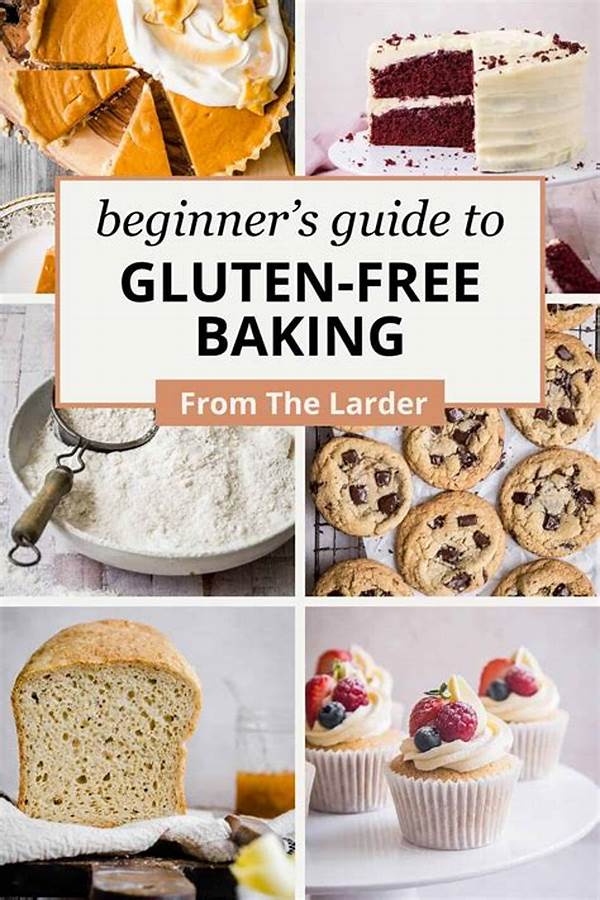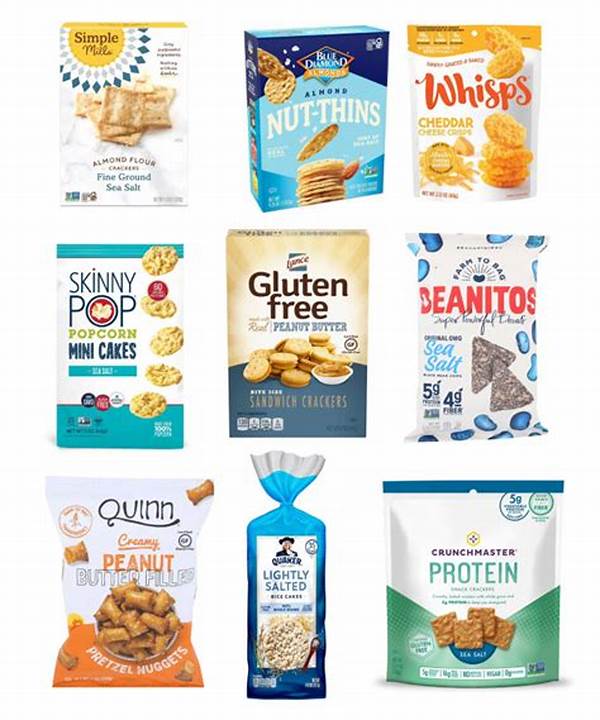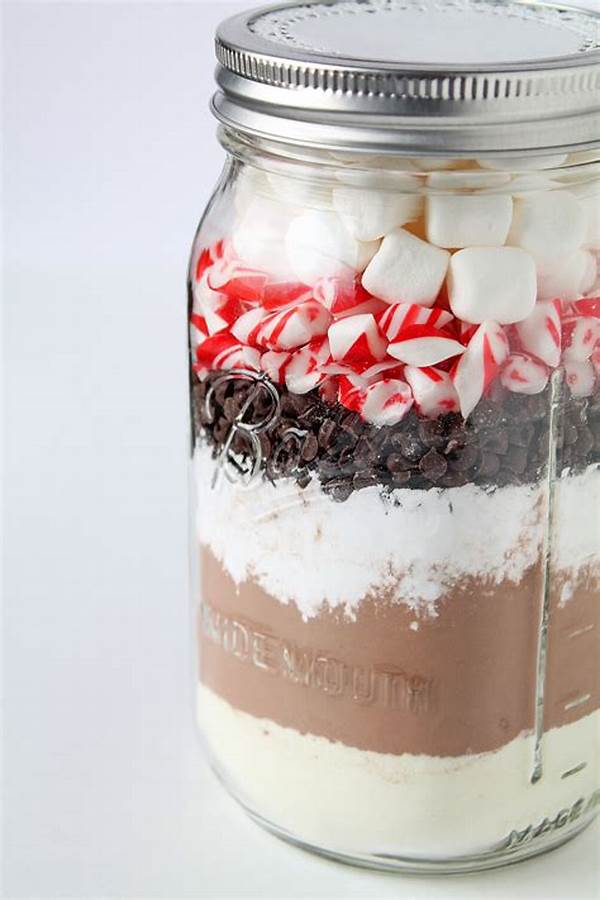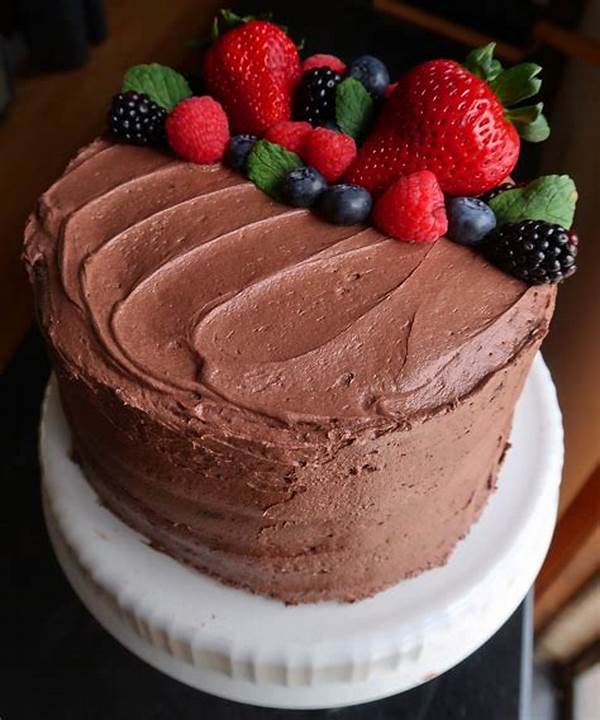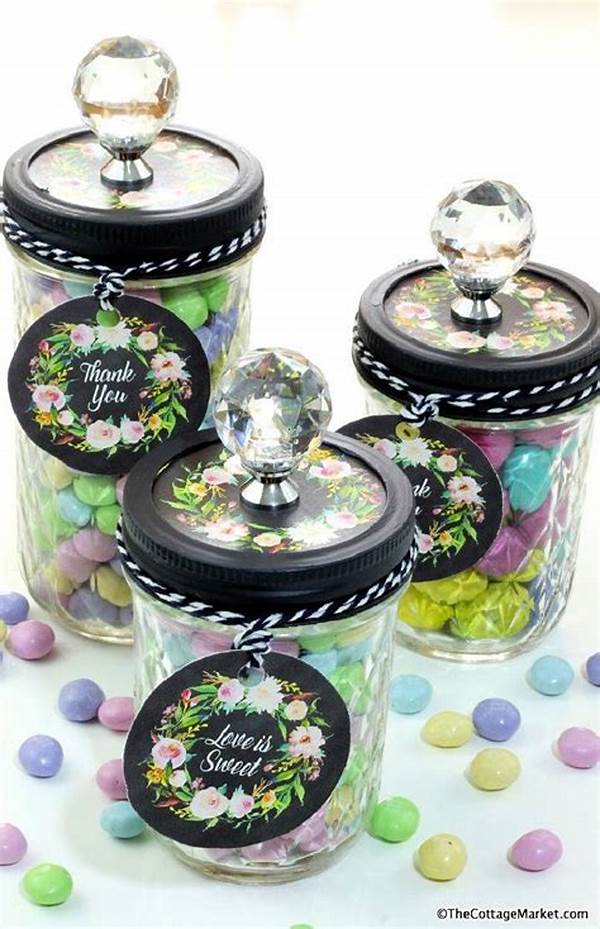Once upon a time, in a quaint little town, there was a passionate baker named Lily. Her bakery was famous for its fluffy muffins and heavenly cookies. But one day, a kind woman entered and spoke softly, “Do you have anything gluten-free?” It was a simple question but one that ignited a spark in Lily’s heart. She was determined to ensure that everyone could savor her baked delights, irrespective of dietary needs. Thus began her journey into the world of gluten-free baking—a path paved with challenges, discoveries, and a deep understanding of alternative ingredients.
Read Now : Traditional Holiday Fruitcake Variations
The Beginning of Gluten-Free Baking
Lily’s curiosity about how to start gluten-free baking was met with the formidable task of understanding what gluten actually was. She learned that gluten is a protein found in wheat, barley, and rye, responsible for the elasticity in dough. For those with celiac disease or gluten sensitivity, ingesting gluten can result in severe health issues. Intrigued and inspired, Lily dived into research, spending countless nights immersed in books and articles, finding out the nuts and bolts of making gluten-free recipes truly delicious.
As she embarked on how to start gluten-free baking, Lily realized the importance of selecting the right blend of flours. Gluten’s absence meant the need for a balanced mixture of alternative ingredients to achieve similar texture and flavor profiles. Her cozy kitchen turned into a mini-laboratory, filled with bags of almond flour and tapioca starch, each one promising a new adventure in taste. The more she experimented, the more she understood the subtle dance of ingredients necessary to replicate what gluten naturally does.
Key Steps in Your Baking Journey
1. On Lily’s first expedition into the realm of how to start gluten-free baking, she discovered that patience was the most crucial ingredient. She learned to embrace every failure as a learning opportunity and celebrated each small victory with renewed vigor.
2. Lily was determined to transform her recipes into gluten-free masterpieces. She realized that building a repertoire of gluten-free flours was vital to creating a solid base for her confections.
3. Her bakery became a testament to adaptability. Lily understood that practice and perseverance were essential as she worked tirelessly to prevent her gluten-free treats from crumbling, literally and metaphorically.
4. Lily became a storyteller in her own right, recounting her adventures and misadventures, engaging her customers and enriching their experience as she explained how to start gluten-free baking.
5. As Lily honed her skills, she stumbled upon book after book filled with tips and tricks. Each book was a treasure chest offering a new perspective on how to start gluten-free baking, guiding her step by step.
Challenges and Triumphs in Gluten-Free Baking
The road to mastery in how to start gluten-free baking was not a smooth one for Lily. She often found herself racing against time, as ingredients behaved differently without gluten. A particular challenge was maintaining the tenderness and cohesiveness in her cakes. But with each attempt, she grew wiser, learning to introduce binders such as xanthan gum to provide the missing structure, and experimenting with natural sweeteners to enhance flavors.
Her triumphs were celebrated widely among her patrons. For Lily, it wasn’t just about baking gluten-free; it was about ensuring that every bite brought the same joy and satisfaction that her traditional recipes did. Through her trials, she gained not only exceptional skill but also a rich narrative that she shared with her customers, inviting them into her magical world filled with gluten-free aroma and possibility. Each bake was a testament to her dedication, shining brightly as a beacon for those wondering how to start gluten-free baking with passion and purpose.
An Insight into Gluten-Free Ingredients
Diving deep into how to start gluten-free baking, Lily unfolded the secrets of her favorite ingredients:
1. Almond flour became her holy grail, her first love in the quest for nuttiness and moisture in her cookies.
2. In search of a thickener, she discovered tapioca starch, which brought elasticity akin to gluten.
3. Arrowroot powder, a newcomer in her pantry, worked wonders in improving the crumb of her cakes.
Read Now : Homemade Rich Chocolate Cake Ideas
4. Coconut flour added a tropical twist, absorbing liquids rapidly, requiring precise measurement.
5. Buckwheat flour surprised her most, an earthy element replacing whole wheat flavors.
6. Quinoa flour, although challenging, provided rich protein content, satisfying both texture and health needs.
7. She found satisfaction using cornstarch as a gluten-free thickener, unlocking smoother texture and consistency.
8. Millet flour, with its mild flavor, added a subtle sweetness to her loaves.
9. Sorghum flour offered a neutral profile, providing bulk without overpowering other flavors.
10. Rice flour, a staple in her gluten-free journey, was crucial in her learning of balance in ingredient ratios.
Building Your Gluten-Free Pantry
In the heart of Lily’s story, her pantry transformed into a sanctuary of gluten-free wonders. Understanding how to start gluten-free baking wasn’t merely a task but a lifestyle. Each ingredient told a story and provided wisdom. She wanted her bakery to be a place where everyone felt welcomed, where allergy and dietary restrictions didn’t strip away joy. Her shelves brimmed with enthusiasm, from towering jars of chia seeds to satchels of oats labeled with love notes of newfound knowledge.
The transformation was not just external but deeply internal too. How to start gluten-free baking taught her resilience, creativity, and adaptability. It was a transformative journey where each ingredient not only substituted for gluten but also added character to her creations. The connection with her customers deepened, and the stories of their shared struggles and triumphs became ingredients in the grander recipe of her bakery’s evolution. Context became the king and perfection was in the imperfections of her learning curve. Her journey was a testament to curious courage and innovation, bringing authenticity and warmth to how to start gluten-free baking.
Conclusion: Sharing the Love for Gluten-Free Delights
As the sun set over her quaint bakery, lights twinkled through the windows, and Lily stood behind the counter, surrounded by the aroma of freshly baked gluten-free bread and cakes. How to start gluten-free baking had been her question, but it had evolved into a broader quest driven by love, inclusivity, and creativity.
From the struggles of mixing ingredients to the joy of seeing her patrons’ delighted faces, Lily’s journey taught her the power of persistence and kindness. She had opened her heart and oven to those embracing gluten-free lifestyles. Her tales, though baked in a humble kitchen, spread far and wide, teaching others how to start gluten-free baking with the same passion that drove her own journey—a beautiful legacy of flavor, empathy, and innovation.
